ABOUT
Cinnamon, (Cinnamomum verum), also called Ceylon cinnamon, bushy evergreen tree of the laurel family (Lauraceae) and the spicederived from its bark. Cinnamon is native to Sri Lanka (formerly Ceylon), the neighbouring Malabar Coast of India. The spice, consisting of the dried inner bark, is brown in colour and has a delicately fragrant aroma and a warm sweet flavour. Cinnamon is used to flavour a variety of foods, from confections to curries to beverages, and is popular in bakery goods in many places. Essential oil is distilled from the bark fragmentsIt is widely used in flavouring confectionary, liquors, pharmaceuticals and cosmetics. It is found to help diabetics in digestion of sugar. It has astringent; stimulant and carminative properties and can check nausea and vomiting. The cinnamon bark oil has anti-fungal properties.
NUTRITIONAL FACTS (100 G OF EDIBLE PORTION)
| Energy (kcal) | Carbohydrate (g) | Protein (g) | Fat (g) |
|---|---|---|---|
| 357.31 | 24.53 | 15.89 | – |
HEALTH BENEFITS
- Cinnamon is thought to have many medicinal and soothing properties as it has essential oils contained in the bark, called cinnamaldehyde. Cinnamaldehyde displays anti-viral, anti-bacterial and anti-fungal properties.
- Cinnamon also contains large amounts of polyphenol antioxidants. Antioxidants can help protect the body from disease.
- It has prebiotic properties that promote the growth of beneficial bacteria and help suppress the growth of pathogenic bacteria.
- Cinnamon is also a useful source of manganese and contains small amounts of calcium and fibre.
- consumption of cinnamon is associated with a short-term reduction in blood pressure.
- cinnamon can have a moderate effect in improving glycaemic control and supporting the management of type 2 diabetes.
- To alleviate digestive symptoms, cinnamon is taken as part of a hot drink (much like a tea).
- Improves colon function.
- Improves neurodegenerative disorder.
Nutritional Info
This information is per serving.
-
Calories
6 Kcal
-
Carbohydrates
2 gm
-
Protein
0.1 gm
-
Fat
0.03 gm
Things to Watch Out For
Toxicity. Eating lots of cassia cinnamon could be toxic, especially if you have liver problems. Coumarin, an ingredient in some cinnamon products, can cause liver problems, but the amount you’d get is so small that it probably won’t be a problem. Given the lack of evidence about its safety, children, pregnant women, and women who are breastfeeding should avoid cinnamon as a treatment.
Way to use cinnamon
For breakfast, it’s a natural complement to cereal, granola, oatmeal, or yogurt, and it’s wonderful sprinkled on wholegrain toast, or mixed into waffle or pancake batter.
cinnamon-infused cup of coffee.
Sprinkle cinnamon on some apple slices and dip it in honey.
REFERENCE
13 Amazing Properties of Cinnamon and the Health Benefits (doctorshealthpress.com)



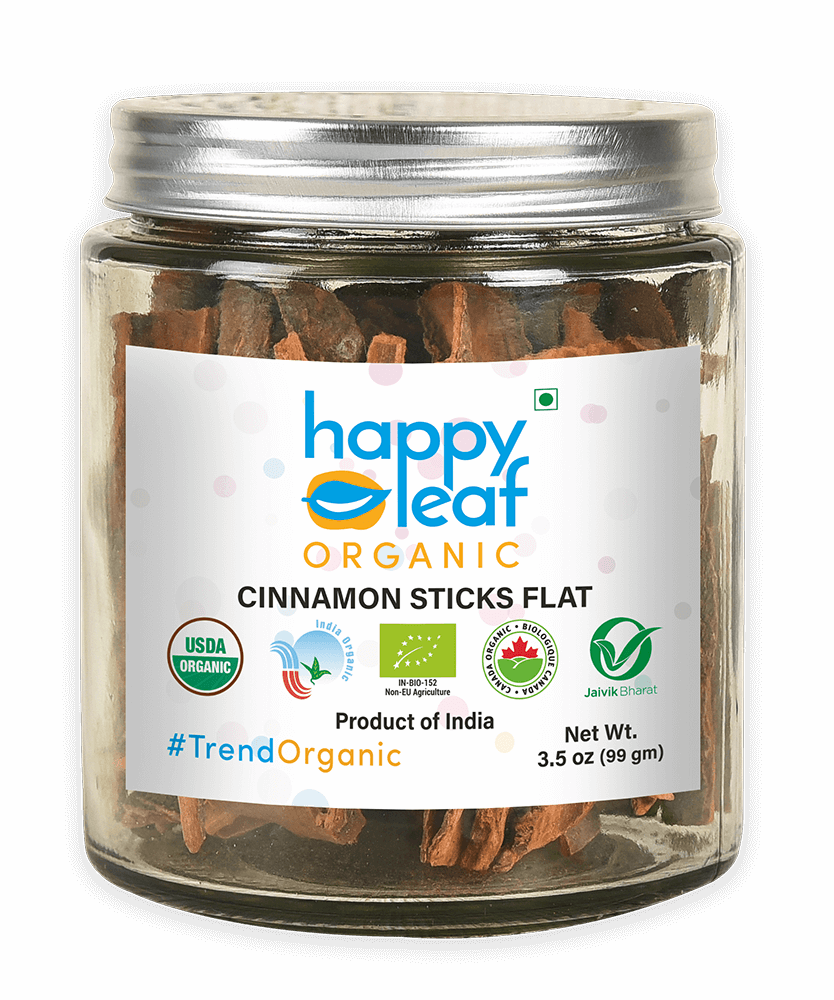
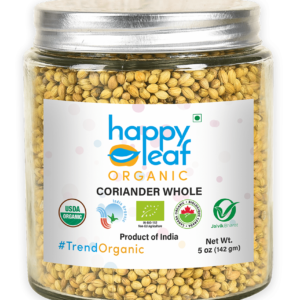
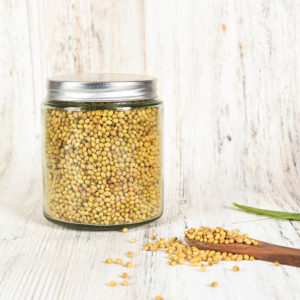
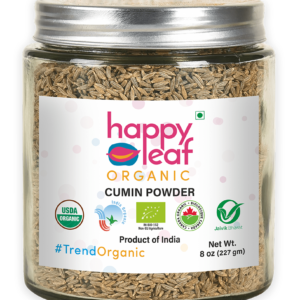
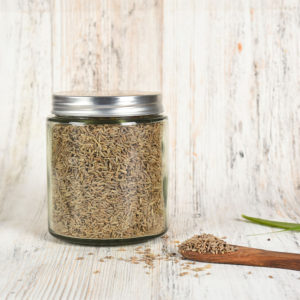
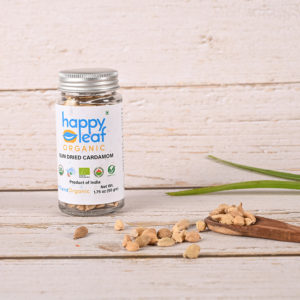
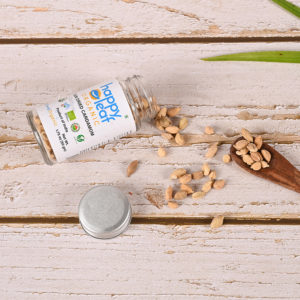
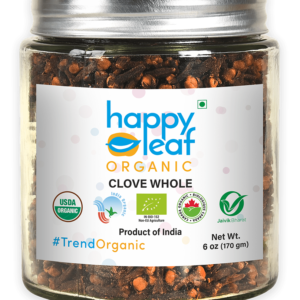
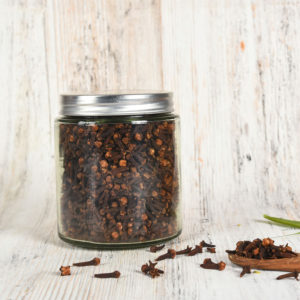
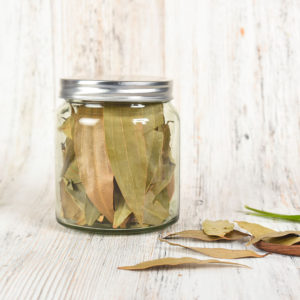
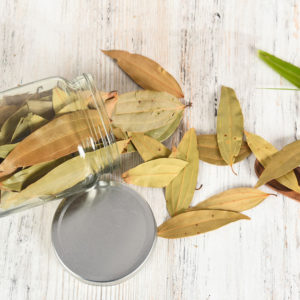
Reviews
There are no reviews yet.